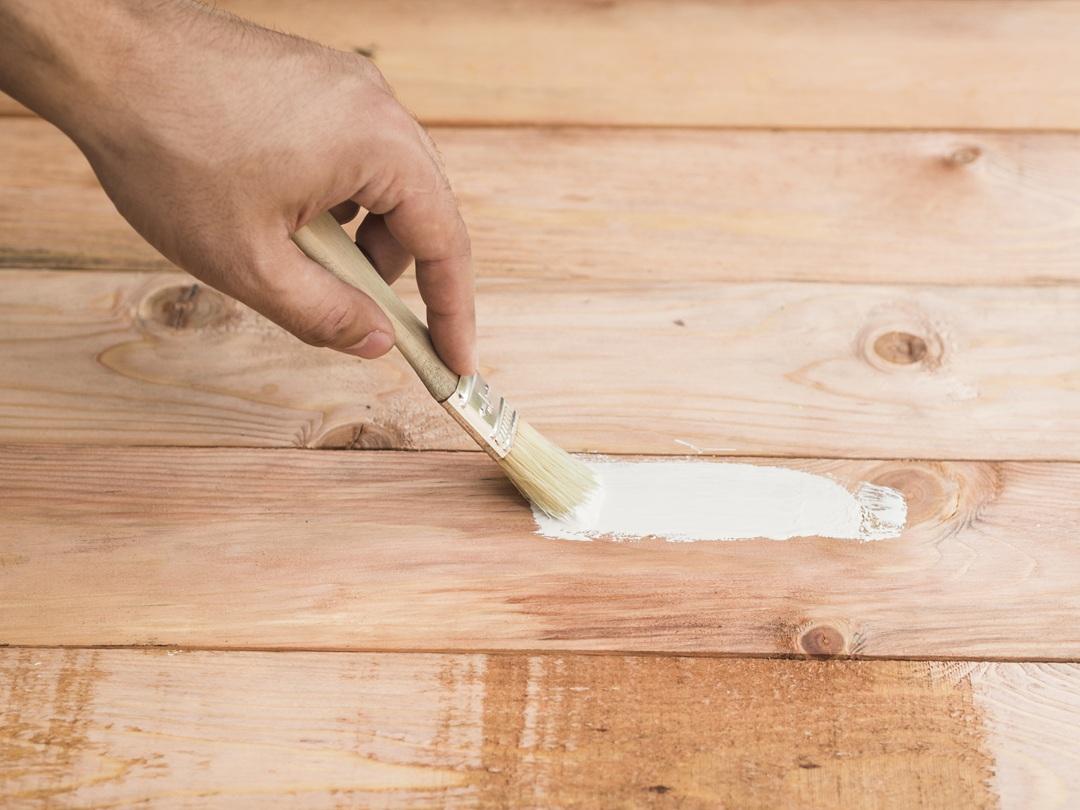Installing hardwood flooring is a significant investment for American homeowners, and ensuring that investment lasts requires more than just selecting quality wood and finish. One of the most critical, yet often overlooked, steps is proper subfloor preparation. A well-prepared subfloor lays the foundation for a durable, stable hardwood floor that resists squeaks, warping, and premature wear—especially important across the diverse climates and home construction styles found throughout the United States.
In this extensive guide, we’ll cover everything you need to know about subfloor preparation—from materials and moisture control to leveling and cleaning—so your hardwood floors perform flawlessly for years to come.
Why Is Subfloor Preparation Crucial for Hardwood Flooring in the US?
The subfloor is the structural base beneath your hardwood planks. If it’s not properly prepared, you may encounter:
- Uneven floors leading to plank movement, gaps, or cracking
- Moisture problems causing wood swelling, cupping, or mold
- Squeaking noises from loose boards or insufficient fastening
- Premature finish failure due to movement or debris beneath the floor
Given the variety of climate zones in the US—from humid southeastern states to dry southwestern deserts—moisture control and structural integrity are paramount.
Common Subfloor Types in US Homes
- Plywood: Most common in modern US homes; provides good strength and stability.
- OSB (Oriented Strand Board): Economical option, but more sensitive to moisture.
- Concrete slab: Typical in basements and slab-on-grade homes, requiring moisture barriers.
- Wood planks: Found in older homes; often uneven and require leveling.
Each subfloor type requires specific preparation techniques to ensure a successful hardwood installation.
Step-by-Step Subfloor Preparation Guide
1. Inspect the Subfloor Thoroughly
- Check for damage like rot, mold, or loose boards.
- Verify the subfloor is securely fastened with no squeaks.
- Look for signs of moisture intrusion, especially in basements or slab areas.
2. Moisture Testing and Control
- Use a moisture meter to test the subfloor and wood flooring materials; moisture content should typically be below 12%.
- For concrete subfloors, perform a calcium chloride or relative humidity test to detect moisture vapor emission.
- Install moisture barriers (plastic sheeting, vapor retarders) as needed based on test results and local building codes.
3. Leveling the Subfloor
- Uneven surfaces greater than 3/16 inch over 10 feet require leveling.
- Use a leveling compound or plywood patching for low spots.
- Sand or plane high spots for a flat, smooth surface.
4. Cleaning and Debris Removal
- Thoroughly vacuum and sweep the subfloor to remove dust, nails, and debris.
- A clean subfloor ensures proper adhesion for glue-down installations and prevents indentations or finish defects.
5. Acclimate the Hardwood Flooring
- Allow hardwood planks to acclimate in the installation area for 3–7 days to balance moisture content with the subfloor and environment, preventing expansion or contraction after installation.
Climate Considerations for US Regions
- Humid Regions (Southeast, Gulf Coast): Focus on moisture barriers and ventilation to prevent moisture buildup.
- Dry Regions (Southwest, Mountain areas): Account for wood shrinkage by leaving expansion gaps and controlling indoor humidity with humidifiers.
- Cold Regions (Northeast, Midwest): Insulate and seal subfloors to minimize cold drafts and moisture ingress.
Tools and Materials Needed for Subfloor Prep
- Moisture meter
- Leveling compound and trowel
- Vacuum and broom
- Pry bar and hammer (for securing loose boards)
- Moisture barrier materials (plastic sheeting, felt paper)
- Plywood sheets or patch kits for repairs
Tips from US Flooring Professionals
- Always follow manufacturer guidelines for subfloor flatness and moisture content.
- Never install hardwood over a damp or damaged subfloor.
- Address squeaks by securing loose boards with screws or nails before installation.
- Test multiple spots on large subfloors for accurate moisture readings.
- Consider professional assessment for complex subfloor issues.
FAQs
Q1: How flat does my subfloor need to be before hardwood installation?
A: Most manufacturers require the subfloor to be flat within 3/16 inch over a 10-foot radius to prevent uneven wear and plank movement.
Q2: Can I install hardwood directly over a concrete slab?
A: Yes, but a moisture barrier is essential to prevent vapor transmission that can damage the wood.
Q3: What is the ideal moisture content for hardwood flooring and subfloor?
A: Both should ideally be below 12% to minimize expansion and contraction after installation.
Q4: How long should hardwood flooring acclimate before installation?
A: Typically 3 to 7 days in the installation environment, depending on local climate and manufacturer recommendations.
